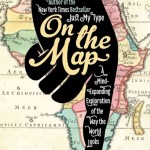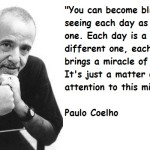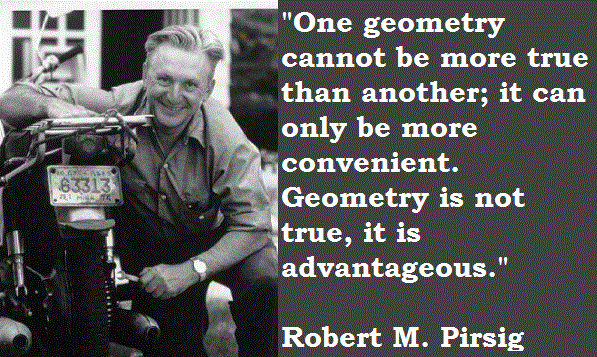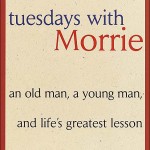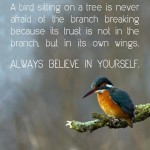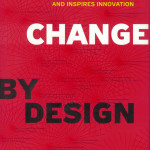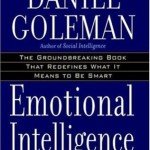[ READ Passages: Predictable Crises of Adult Life (Part 1) – Gaily Sheehy HERE ]
To make the life stages easier to grasp, Sheehy’s innovation was to break them down into easy-to-understand decades.
The Twenties
In our 20s, we have to work out our path in life, whatever ways of being or doing give us a sense of aliveness and hope. We are likely to go one of two ways: do what we ‘should’ in terms of family and peer expectations; or pursue adventure and ‘find ourselves’. We either seek security and commitments, or avoid commitment altogether.
A man in his 20s feels he has to do well in his work or be ridiculed. His greatest love is his career. While women do not have the same pressure, if they go the stay at home child-rearing route they may end up with less self-esteem compared to their male partners, who have a very clear feedback on how they are doing. Women can begin to feel cut off from the world and feel valued less for who they are than their role as a mother. While men in their 20s feel they can do anything, women often lose the confidence they had as an adolescent.
Couples in their 20s feel that they will overcome all obstacles, yet behind this bravado is often a level of doubt or insecurity. Women often go for a ‘stronger one’, a man who can replace to some extent her family ties. But in doing this she avoids her own work of development, and may have to face it later – for example, the woman who marries young and changes significantly in her thirties, coming out of the shadow of her husband.
When people near the ‘big Three O’, Sheehy notes, normally we feel a dissatisfaction with the career or personal choices we have made, that we have outgrown some of them. We have to chart new directions or make new commitments. We may want to change career, or go back to work, or to start having children. If we have been in a relationship since our early twenties, we may get the ‘seven year itch’.
Generally, Sheehy warns that if you don’t have some kind of identity crisis in this ‘pulling up roots’ period of the 20s, you will inevitably have one at a later point when it may take a greater toll.
The Thirties
The thirties are the ‘deadline decade’ .We suddenly realize, as Sheehy herself did, that there will be an end somewhere. “Time starts to squeeze”, which refines our priorities. While the twenties are the ‘anything is possible’ decade, the thirties let us know that we may not have all the answers, and this can be a shock. We demand authenticity of ourselves and begin to see that we can’t blame anything on anyone else. For women, who may have bet everything on their marriage and family, there may begin a rising assertiveness, as they realize that their life is not simply about pleasing others or living up to cultural norms.
Life usually becomes a little more settled. We tie ourselves to a certain career, we may buy a house to put down roots. Men will feel that this is their ‘last chance’ decade in which they must become partner in the firm instead of being the assistant, or become an established author instead of being ‘young and promising’.
For both sexes, the conclusion is arrived at that life is a lot more serious and difficult than they understood it to be in their twenties. The ages between 37 and 42 are peak years of anxiety for most people. In Sheehy’s research, the age of 37 in particular came up again and again as a crisis year.
The Forties
A sense of stagnation or disequilibrium is felt entering mid-life. Those who have seemed to climb upwards through life effortlessly find that life catches up with them. Having intensely pursued a career, a person may think, was it really worth it, why don’t I have children? Many a man turning 40 will feel under appreciated and burdened, with the sentiment, ‘Is this all there is?’
The good news is that in the mid-40s a certain equilibrium returns. For those with a renewed purpose this can be the best years, as we see that no one can ‘do it’ for us, and therefore that we finally become master of our destiny in a more assured way. The motto of this stage in life, Sheehy suggests, might be ‘No more bullshit’ – we are who we are.
A woman is likely to get more assertive while a man may want to get more emotionally responsive, having put his emotional needs aside for career striving. The other sex can begin to lose its magic power over us, since we can now incorporate the opposite of our own sex within our psyches. We feel more independent, less likely to fall in love but more capable of devotion to another person.
“To be tested is good. The challenged life may be the best therapist.”
Trying to become ourselves
The search for self-identity is what Jung called ‘individuation’ and Maslow ‘self-actualization’. Sheehy’s phrase for it is ‘gaining our authenticity’. Whatever you want to call it, this is the aim of the successive life stages.
At each point we have the chance to either further define ourselves, or succumb to the ideas of the group and its expectations. We have two selves: the one that wants to merge with others and things, and the one that that seeks creative independence and freedom. Throughout our lives we may alternate between one or the other, or they may be competing within us at the same time.
Many of our decisions may be simply a desire to get away from or differentiate ourselves from our parents. People often marry for this reason. Intriguingly, of all the couples Sheehy interviewed, none married for love alone. There was always a stronger reason e.g. ‘my girlfriend expected it’, ‘my family wanted it’, ‘in my culture, it is what you do at my age’. For both sexes, a common reason was that ‘I need someone to take care of me’. The problem with this is that we come to judge a spouse on how well they take the place of a parent, rather than on their own merits as people. It allows us to think, when we are not happy, that ‘he/she won’t let me do it’ instead of taking responsibility for ourselves.
To make things more difficult, the development cycles of couples will rarely be in tandem. When the man is growing and enthused, for instance, the woman may be going through a time of doubt and instability, and vice versa. A common result is that we blame each other for what we are experiencing, when the major change is really internal.
Final word
The chief enjoyment of Passages in the vignettes of actual people, individuals and couples, Sheehy interviewed. Though these are now obviously out of date, there is still a timeless quality about their stories. She includes a quote from Willa Cather: “There are only two or three human stories, and they go on repeating themselves as fiercely as if they had never happened before.” To have greater awareness of the stages of our lives does not mean we are giving up all control; what it does is allow us to see that the problems which seem unique to us have probably been experienced by millions of others, and may have more to do with your time of life than other people or situations you may be blaming.
Since the book was published, timeframes for the stages of life seemed to have changed. In mid-1970s America, the average marrying age was 21 for women and 23 for men. Today, with people settling down much later, it is almost expected that you spend a few years of your 20s and maybe even 30s discovering what you want to do and having minimum commitments. It is also more common for women to delay having children, or not have kids at all. And Sheehy did not consider life much beyond the forties, an age when – given longer life expectancy – life really begins for many people.
This begs the question: What form will transition points or life crises take when, as scientists predict, people are healthy even beyond 100? Perhaps we will become more willing to see life as a series of inevitable transitions, separated by relatively stable periods. Perhaps we will abandon the old distinction between ‘youth’ and ‘maturity’ and instead see ourselves as fluid, constantly evolving creations instead of having a fixed identity. [From: Butler-bowdon.com]
About the Author:
Her fifth book, Passages, has been called “a road map of adult life”. Several of her books continue the theme of passages through life’s stages, including menopause and what she calls “Second Adulthood”, including Pathfinders, Spirit of Survival, and Menopause: The Silent Passage. Her latest book, Sex and the Seasoned Woman, reveals a hidden cultural phenomenon: a surge of vitality in women’s sex and love lives after age fifty. She has also authored a biography of Hillary Rodham Clinton titled Hillary’s Choice. Her novel Middletown, America is being adapted as a TV miniseries. [From: Goodreads.com]
“Creativity could be described as letting go of certainties.”
If you like this story, CLICK HERE to join the tribe of success-minded people just like you. You will love our weekly quick summaries of top stories, talks, books, movies, music and more with handy downloadable guides, cheat sheets, cliffs notes and quote books.
And, you can opt-out at any time – no strings, promise… CLICK HERE


